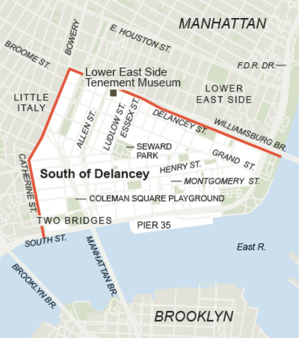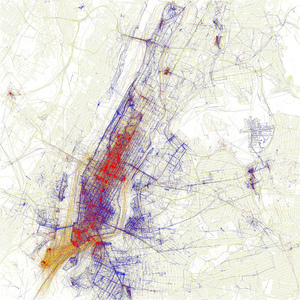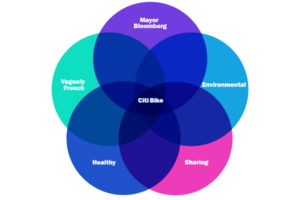VA Mortgage is a mortgage loan guaranteed by the Department of Veterans Affairs. That kind of loan is available under a 69-year-old program, with over half a million loans nationwide last year, but in New York City it is as though the program barely exists. There were only 266 Veterans Affairs loans made or refinanced in the five boroughs last year, in a city that is home to over 200,000 veterans.
And while there are many thousands of apartment buildings in the city, only 30 condominiums are approved for participation in the program. In Manhattan there are two.
Veterans Affairs does not lend money but guarantees a portion of a veteran's loan, even with no down payment. But the department will offer guarantees on loans only up to a certain amount, about $725,000 in New York City. That figure, based on a Federal Housing Administration estimate of home values in the entire metropolitan area, including counties like Putnam and Rockland, is too low for much of the city marketplace.
Perhaps the greater obstacles to using the program in New York are the rules. For a loan to buy a condominium, the entire building must apply to Veterans Affairs for approval, since the fate of one unit is tied to that of its neighbors. Buyers or owners of units cannot apply one by one. And cooperatives are barred from the program altogether.
"It's like we are a different country," said Stuart M. Saft, a partner at Holland & Knight and the chairman of the Council of New York Cooperatives and Condominiums. Like other federal programs, he continued, V.A. loans "are designed for other places."
In those other places, the program generally works well. According to Jason Hansman, a senior program manager at the group Iraq and Afghanistan Veterans of America, it is one of the more straightforward Veterans Affairs programs to navigate.
In New York City, however, Mr. Vollono and Ms. Ortiz said they had encountered a chorus of real estate agents on their apartment search who were unfamiliar with V.A. loans. When they went into contract at One Brooklyn Bridge Park, at 360 Furman Street in Brooklyn Heights, they found that the sales team there representing the building's sponsor appeared to have no experience with the loans either. It took almost six months for them and the sponsor's lawyer to submit a completed application to Veterans Affairs. The final piece was sent in just two weeks ago, Mr. Vollono said, and they are awaiting approval or denial.
The couple declined to give the contract price on their apartment, but according to the real estate Web site Streeteasy, one-bedrooms in the building have tended to sell over the past six months for $700,000 to $1 million.
Mike Frueh, the director of the loan guarantee program, suggested in a phone interview that the primary reason the loans were rare in New York City was the cost of housing. He also pointed to a 2006 expansion of the program that allowed Veterans Affairs to guarantee loans in co-ops, which would make them more usable in New York City.
But he neglected to mention that the co-op inclusion expired at the end of 2011. During the period that the program had the authority to lend on co-ops, a spokeswoman said, it did not receive a single co-op application from anywhere in the country.
Representative Carolyn B. Maloney, a Democrat from the Upper East Side, introduced legislation last year that would permanently permit the participation of co-ops in the program. It would also require Veterans Affairs to promote that expansion, so that perhaps this time it might receive an application or two. Ms. Maloney said she planned to introduce the measure again during the current Congressional session.
This is not the only federal housing program that slams into roadblocks in the city. F.H.A. loans, which allow for very low down payments, for example, have a similarly ill-fitting design. Among other restrictions, the F.H.A., like Veterans Affairs, requires condo buildings to apply as a whole and excludes co-ops.
As many buildings discovered after Hurricane Sandy, co-op associations are also ineligible for Federal Emergency Management Agency grants for repairs to their common areas, like hallways left moldy or elevators damaged and corroded by flooding. Lifting that restriction would require an act of Congress.
But Mr. Vollono and Ms. Ortiz say getting a V.A. loan should require considerably less effort than that.
"I had to remind the attorney and several other people on the attorney's staff," Ms. Ortiz recalled. "I said, 'Don't forget where Sept. 11 happened.'
"I'm so sick of people saying 'We support our troops' -- show me you support our troops!"



